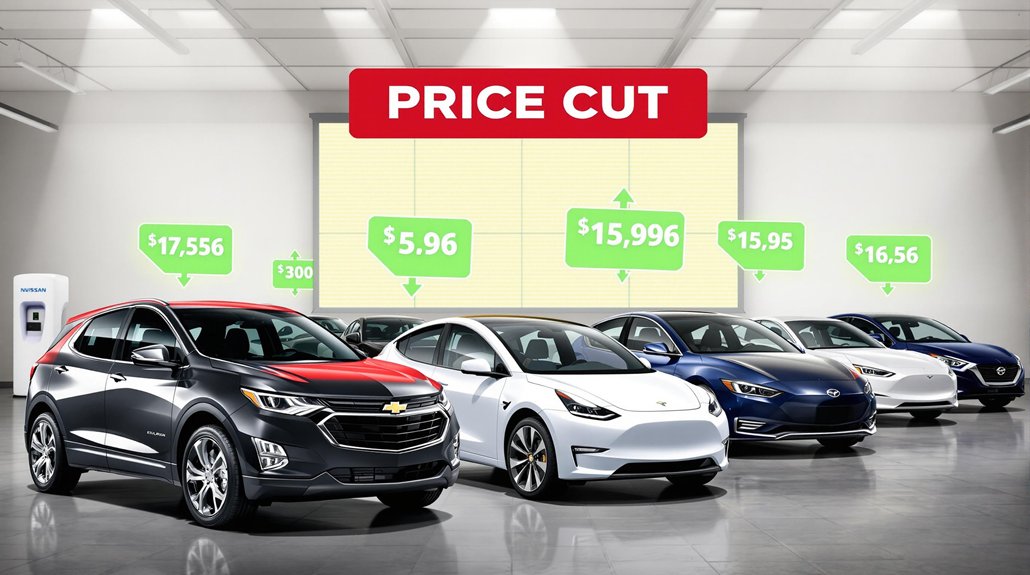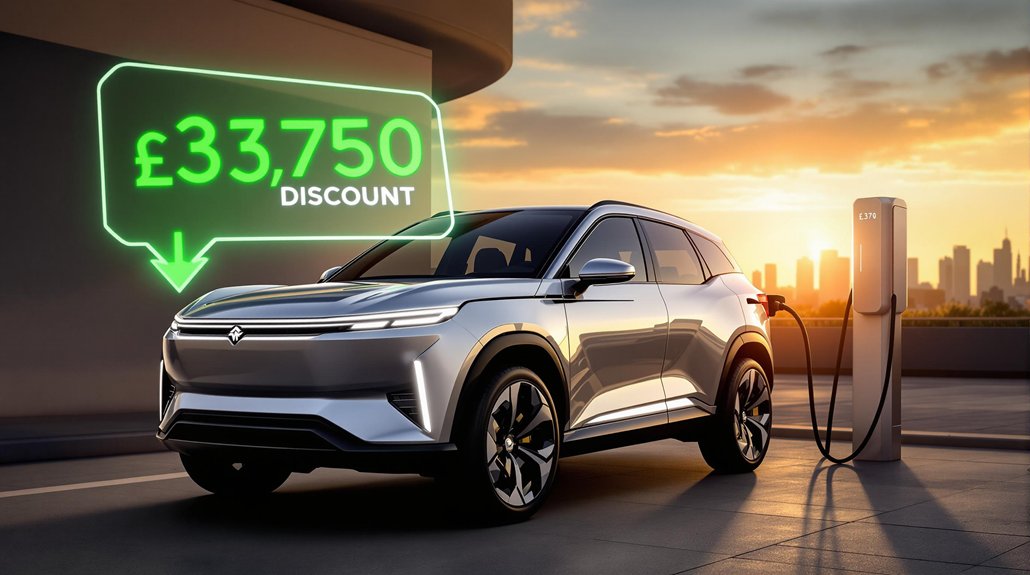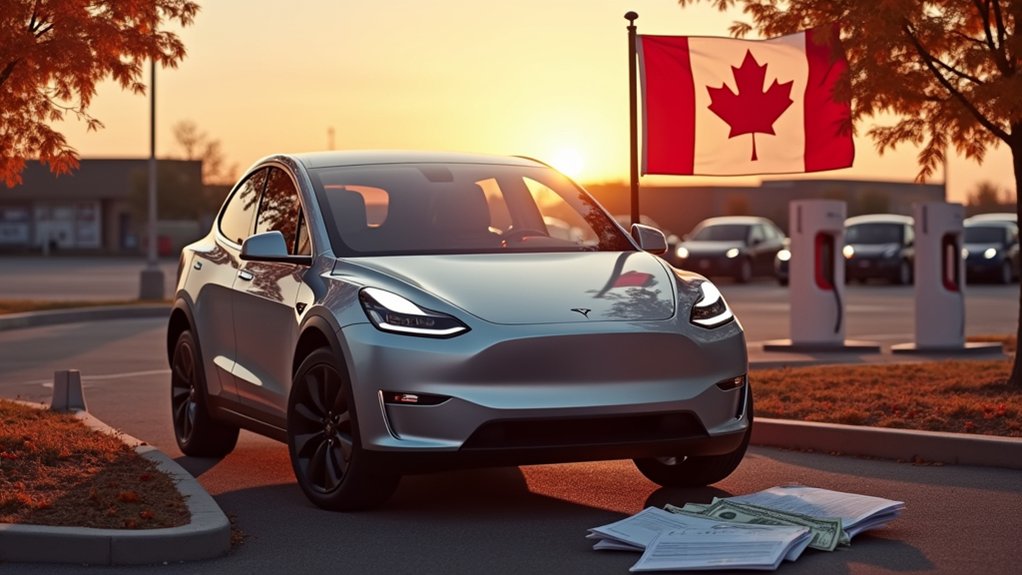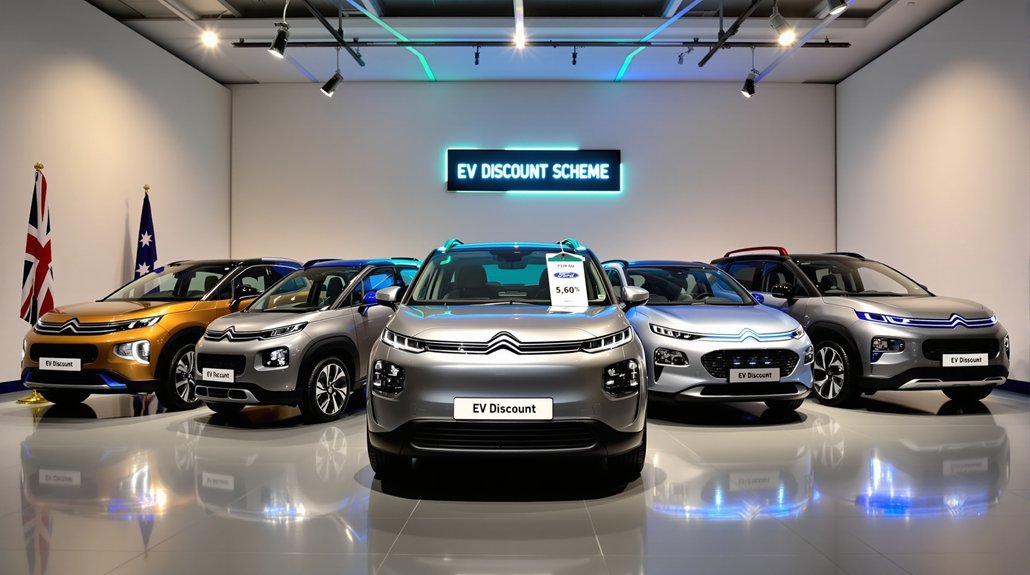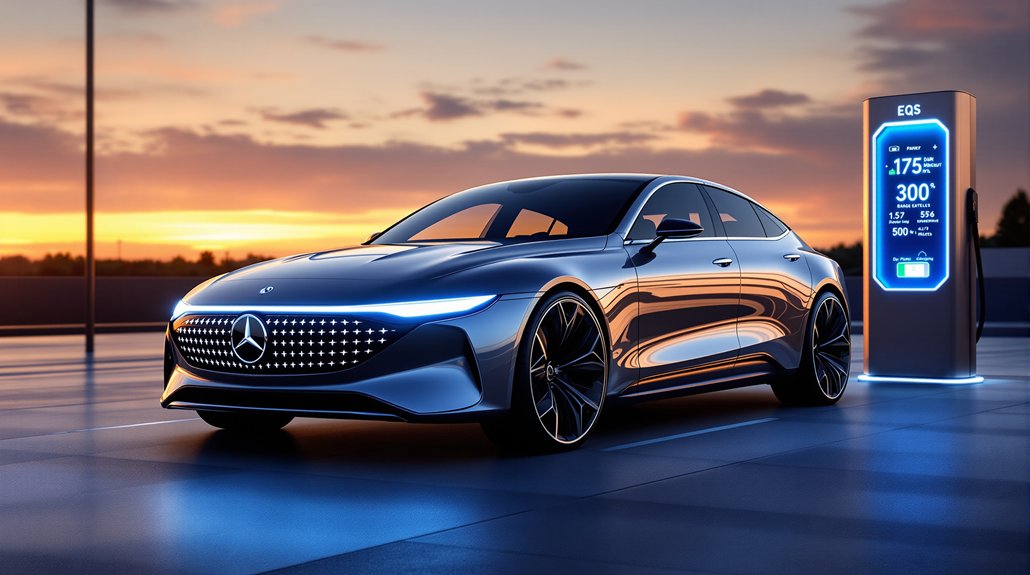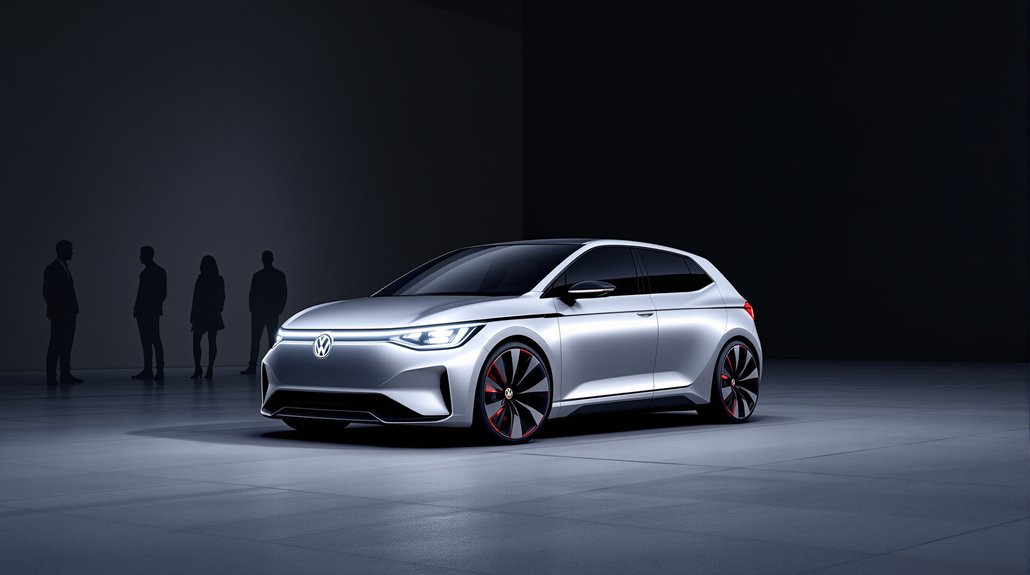How affordable are electric vehicles becoming in today’s market? The data reveals a significant shift toward accessibility, with May 2025 showing an average transaction price (ATP) of $57,734 for new EVs—down 2.3% month over month and 1.1% year over year.
More importantly, the price gap between EVs and conventional vehicles has narrowed to $9,644, a substantial reduction from April’s $11,108 differential.
The affordability equation has fundamentally changed due to unprecedented incentive levels. Average EV incentives reached $8,226 in May, representing 14.2% of ATP and marking a 19.4% increase from April.
EV incentives hit record $8,226 in May, transforming affordability with a 19.4% month-over-month surge.
These incentives, more than double those for traditional vehicles, have transformed the market landscape. I’ve tracked these trends for years and haven’t seen such aggressive pricing strategies before.
Multiple mainstream models now show sub-$40,000 effective prices after incentives and credits. The Chevrolet Equinox EV sets a new benchmark with a base price under $40,000 even before incentives.
After applying the $7,500 federal credit, the Equinox EV FWD drops to approximately $33,600—remarkable for a 300-mile range vehicle. The Hyundai Kona Electric SE has emerged as the cheapest new EV with over 200 miles of range at just $32,875. Similarly, the Tesla Model 3 Long Range RWD effectively starts at $34,990 post-credit.
Range-to-price value propositions have improved dramatically. The Nissan Ariya Venture+ delivers 304 miles at $41,190, while the Hyundai Ioniq 6 SE RWD offers 300 miles starting at $42,700.
The Tesla Model Y Long Range RWD provides class-leading 337 miles for an effective $37,490 after eligible credits. Many buyers are taking advantage of income restrictions that ensure the federal tax credit benefits middle-class consumers rather than luxury vehicle purchasers. Despite modest month-over-month growth of 4.2% in new EV sales, consumer interest continues to build as affordability improves.
Financing remains challenging, with average auto loan rates at 9.88% in May 2025. The Vehicle Affordability Index indicates the worst levels of the year, with median income requirements holding steady at 37.4 weeks to purchase the average new vehicle.
Used EV inventory has expanded approximately 50% year over year since February, creating additional pathways to electrification.
The Nissan Leaf remains the value leader at $32,581 ATP, proving that entry-level electric mobility continues to become more attainable for mainstream consumers.
